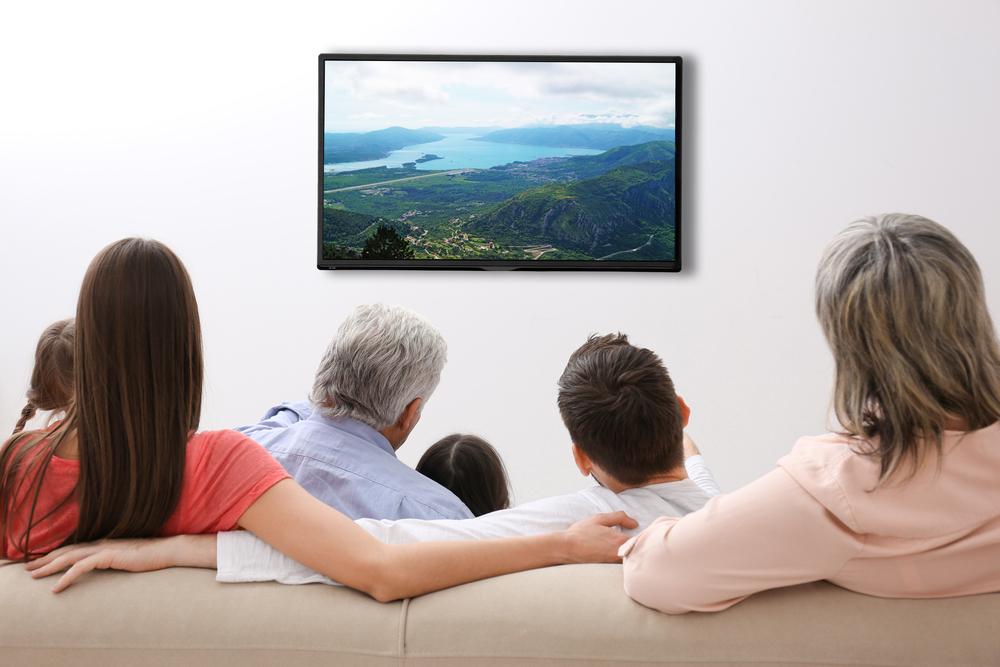Comprehensive Guide to Digital TV Antennas: Everything You Need to Know
Discover the ultimate guide to digital TV antennas, including types, installation tips, and benefits. Learn how to choose the best antenna for your location to enjoy free, high-quality local channels. Understand setup strategies to optimize reception and reduce entertainment costs. Perfect for those looking to cut cable expenses and enhance their home entertainment system with efficient over-the-air digital broadcasts.

Your Ultimate Guide to Digital TV Antennas
In today's rapidly evolving television landscape, digital TV antennas have emerged as a cost-effective and eco-friendly alternative to traditional cable and satellite services. These devices enable viewers to access free over-the-air broadcast signals, providing high-quality local channels without the ongoing expenses associated with cable subscriptions. Whether you’re a casual viewer seeking to cut costs or a tech enthusiast interested in optimizing your entertainment setup, understanding digital TV antennas is essential. This comprehensive guide explores the types, features, setup tips, and benefits of digital TV antennas, helping you make informed choices tailored to your location and viewing preferences.
What Are Digital TV Antennas?
Digital TV antennas are specially designed devices that receive over-the-air digital signals broadcast by local television stations. Unlike traditional analog antennas, digital antennas are optimized for high-definition broadcasting, ensuring viewers enjoy crystal-clear picture quality and vibrant sound. By capturing free signals from nearby broadcast towers, these antennas eliminate the need for costly cable or satellite subscriptions. As over-the-air broadcasting continues to improve, digital antennas have become increasingly popular among consumers seeking affordable and reliable access to local programming.
Types of Digital TV Antennas
Indoor Antennas: Compact, easy to install inside your home, usually placed near the TV or a window. Ideal for urban areas with strong signals. Popular types include dipole, loop, whip, and flat panel antennas.
Outdoor Antennas: Installed outside the home, often on rooftops or elevated positions. They typically offer better reception, especially in rural or hilly areas, and can capture signals from greater distances.
Choosing the right antenna depends on factors such as your location, surrounding obstructions, and the distance from broadcast towers. Modern digital antennas come equipped with various features to enhance reception, such as multi-directional designs and signal amplifiers.
Advantages of Using a Digital TV Antenna
Superior Picture Quality: Digital signals often provide higher resolution, sharper images, and more vivid colors compared to traditional analog signals, giving you a premium viewing experience.
Cost Savings: Access to free local channels means you can significantly reduce entertainment expenses while enjoying a variety of programming options.
Additional Channels: Digital antennas can pick up multiple subchannels, offering diverse content like news, weather, and specialty programming that isn't available via cable.
Free Over-the-Air Broadcasts: Major networks such as ABC, CBS, NBC, FOX, and PBS broadcast digital signals, ensuring quality and consistent programming without monthly fees.
Compatibility with Modern Televisions: Most new TVs come equipped with built-in digital tuners, making setup straightforward. For older models, a separate digital converter box might be necessary.
Furthermore, digital antennas are environmentally friendly and require minimal maintenance. They can also be incorporated into smart home entertainment systems, providing flexible options for home media setups.
Key Considerations When Selecting a Digital TV Antenna
Understanding Broadcast Coverage: Knowing the location of nearby broadcast towers is crucial. Use online tools or maps to determine which channels are available and the strength of signals in your area.
Geographical and Obstruction Factors: Hills, dense trees, buildings, and other obstructions can weaken signals. Outdoor antennas are generally better suited for areas with challenging terrain.
Range and Signal Strength: Check the advertised range of antennas. In general, larger antennas with built-in amplifiers tend to perform better over longer distances.
Installation Environment: Indoor antennas are suitable for urban or suburban areas with strong signals, while outdoor antennas are ideal for rural regions.
Compatibility and Features: Ensure your TV has a digital tuner or plan to purchase a converter box. Look for features such as multi-directional design, signal amplifiers, and weather-resistant materials for outdoor models.
Setup and Installation Tips
Optimal Placement: For indoor antennas, placing the device near a window or higher location can improve reception. Outdoor antennas should be mounted on rooftops, poles, or elevated outdoor structures.
Minimize Obstructions: Keep the antenna away from large metal objects, thick walls, or electronic devices that can interfere with signals.
Use Signal Boosters: Amplifiers and preamplifiers can enhance weak signals, especially in challenging environments.
Aligning Your Antenna: Directional antennas should be aimed toward the nearest broadcast towers. Use online tools like TV signal maps to assist with precise alignment.
Check Signal Quality: Regularly scan for channels to verify reception quality and make adjustments as needed.
For those interested in purchasing digital antennas and accessories, online stores provide a wide array of options categorized by usage, brand, condition, and price. Reading customer reviews and comparing specifications can help you select the best product for your needs. Accessories like mounts, stands, and remote controls are also available to enhance your setup.
In conclusion, digital TV antennas are an excellent investment for anyone seeking free, high-quality local programming. With the right choice, proper installation, and optimal placement, you can enjoy countless hours of entertainment without recurring costs. Whether you live in a city or rural area, there is a suitable antenna option to maximize your viewing experience and reduce your media expenses.





